When you read a “Top 10 Plinking Rifles” article and it finishes with a .50 BMG Barrett monster, you know you’ve just been insulted. Even the five suggestions before the Barrett offering are just plain silly.
Let me try to rebut this nonsense by offering my suggestions for plinking fun, and each of the rifles I offer up will yield all-day enjoyment. And no, only people with too much money or lust for reloading should plink with anything other than .22 LR, because regardless of how “cheaply” you can get .223 or 9mm, not much beats the “seven-cent solution” (nowadays, nine cents sigh ) for both cost and time savings.
I’m going to group the guns by action type, to make it simpler, and to limit the guns to those I’ve actually fired myself.
Pump-Action Rifles
Right now I’m going to issue a gunny jihad against Winchester, Remington and Taurus for discontinuing production of their pump-action .22 rifles. Why?
BECAUSE PUMP-ACTION PLINKING IS MORE FUN THAN ANY OTHER KIND.
There, I’ve said it.
Only Henry gives us any hope for the future, with their charmingly-named (but excellent) H1003:

…and it’s too spendy. However, if you think that’s $$$pendy, try buying an original Winchester 61/62/62A “gallery” gun.

I want one so badly I’d sell off a body part… wait, I think most of my extraneous body parts have been promised severally to intimate activities involving Nigella, Salma and Carol. Oh well.
But to wrench myself unwillingly back onto the topic, Taurus deserves an especial Size 12 Army Boot up their corporate ass for ending production of their Model 62 line:

…and, as Loyal Readers know, my little Taurus 62 stainless carbine with 18″ barrel was taken in the Great Gun Theft of 2021.

Now THAT was plinking ecstasy, let alone fun. Grrr grrrr grrrrr….
Semi-Auto Rifles
Not going to argue with the Ruger 10/22, although I’m also partial to the Marlin 60 and Winchester 63 / Taurus clones and the venerable Remington 552 Speedmaster, myself. If you’re in love with the AR-15 genus (I’m not, especially), then the S&W MP-15 will do just fine. These are my choices in this group, in no specific order because I love shooting all of them. Stock- and metal type are irrelevant — it’s the action and fun quotient that are important.
Ruger 10/22

Marlin 60

Winchester 63 / Taurus 63 Remington Speedmaster
Remington Speedmaster
There are others, like the Mossberg Plinkster, Savage Mark II, Rem Nylon 66 and so on, and all would do just fine. However, if like me you have crap eyesight, then the 10/22 or Mossberg 702 get the nod because mounting a scope thereon is a no-gunsmith operation:


Lever-Action Rifles
Marlin and Winchester (again) are both targets for a gunny jihad, as neither makes lever actions in .22 anymore. A pox on them. And once again, Henry comes to our rescue with their “Classic” model.

And considering that Henry claims to have sold over a million of them in the past couple decades, WinMar have no defense under the “But nobody buys them anymore!” excuse.
Bolt-Action Rifles
There are so many brands and variants thereof in this category that I couldn’t be bothered listing that many of them. Also, bolt-action .22 rifles are more at home with the “single hole” kind of shooting, as opposed to the “minute of Coke can” activity. So I’m going to leave off the precision guns like the CZ 457 or Anschutz models, and concentrate on those which can be tossed in the trunk and not cause suicide of the owner when scratched etc.
These are the ones I’ve personally had the most fun / best results with:
Marlin 81TS

…which is essentially a bolt-action version of the semi-auto Model 60. The Son&Heir has one of these, and using this inexpensive little gun he can compete with many scoped-rifle shooters with expensive rifles.
Savage MkII F

There are hundreds of old, no-longer-made bolt-action .22 rifles (e.g. Marlin 25). Most people in my age group have a couple of these knocking around, and swear by them — and I’m not going to argue because at the end of the day, plinking is all about FUN.
By the way, if Savage were to bring out their straight-pull Impulse line in .22 LR, I’d be at the head of the buyers’ line — but alas, these seemed to be aimed at the Serious Shooter and not dilettante plinkers like me.
I’m starting to bore myself, so let me wrap this up.
Kim’s Top 5 Plinking Rifles (in order):
- Henry pump action (but preferably a Taurus 62, of course)
- Ruger 10/22
- Winchester 63 / Taurus 63
- Marlin 81TS
- Mossberg 702
I would humbly suggest that in the “junkyard rat”, “backyard cans” or even “range spinner” scenarios, all the above are supreme.
Your opinions may vary, and I have no doubt that I’ll see those opinions in Comments.


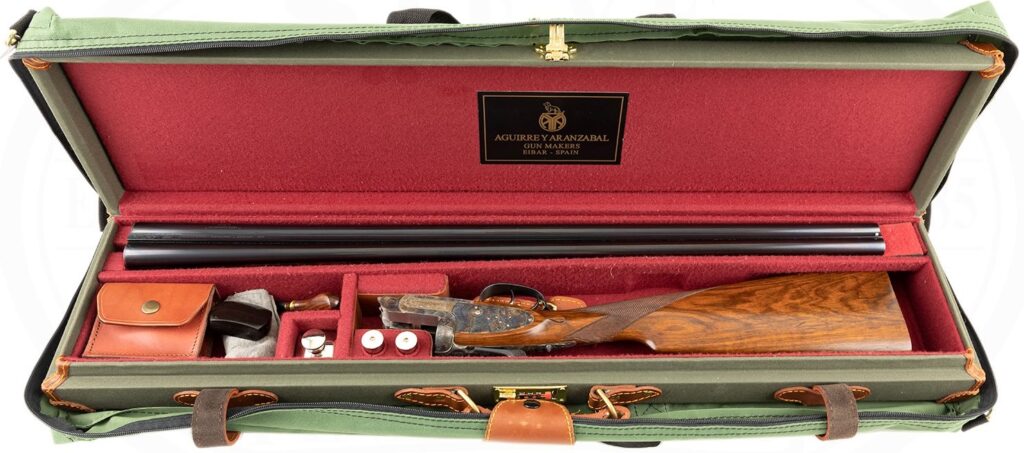
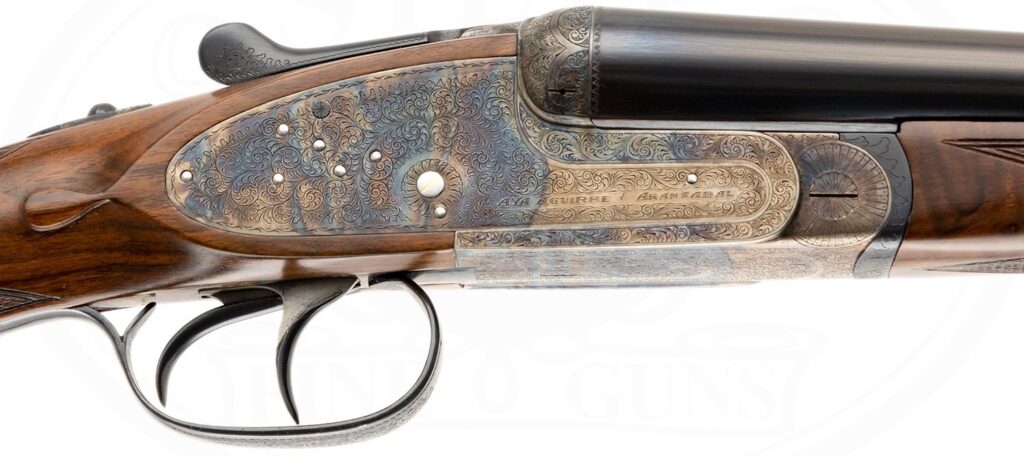
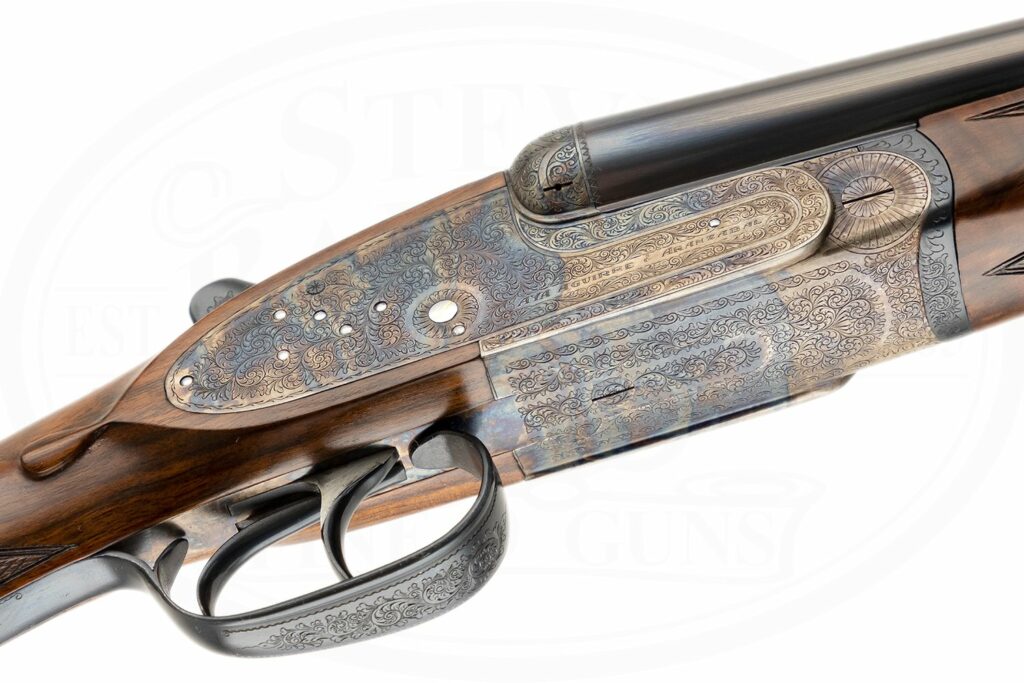

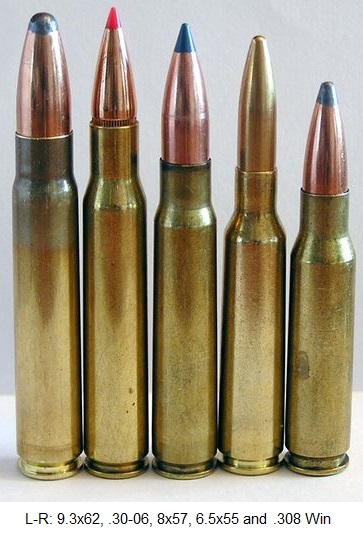
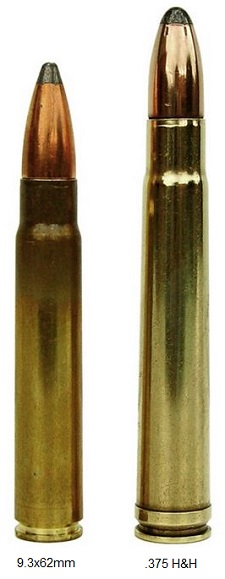
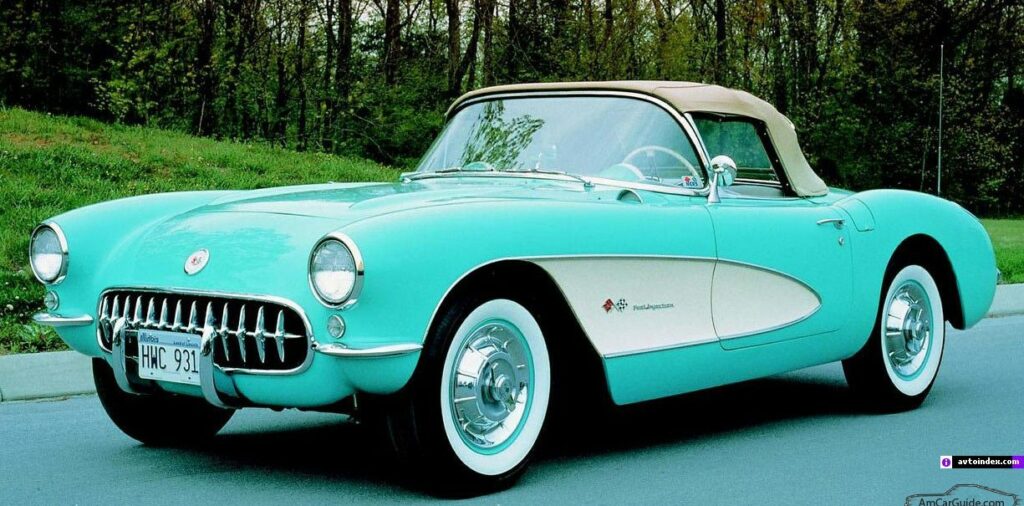
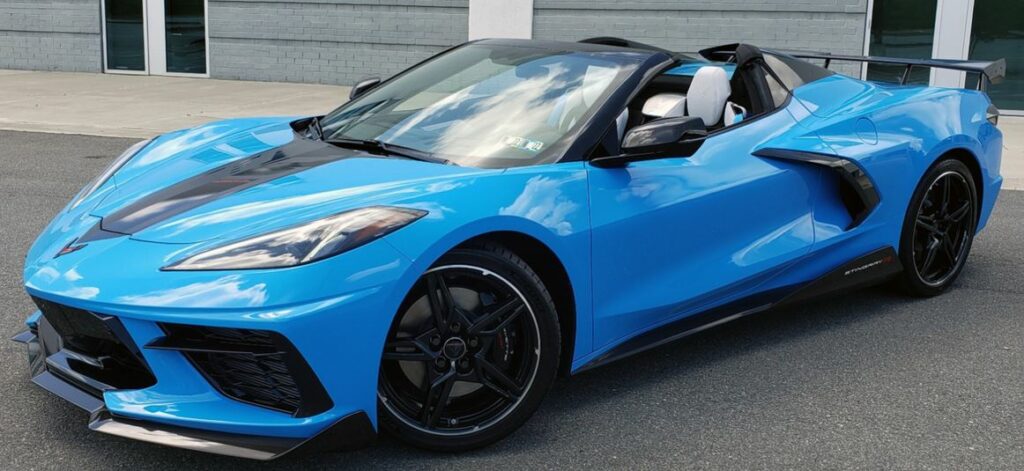
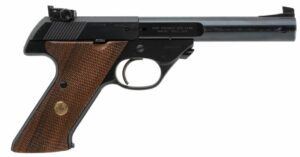
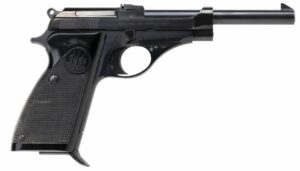
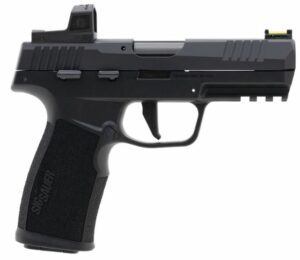
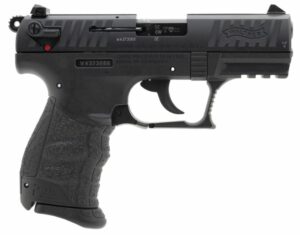
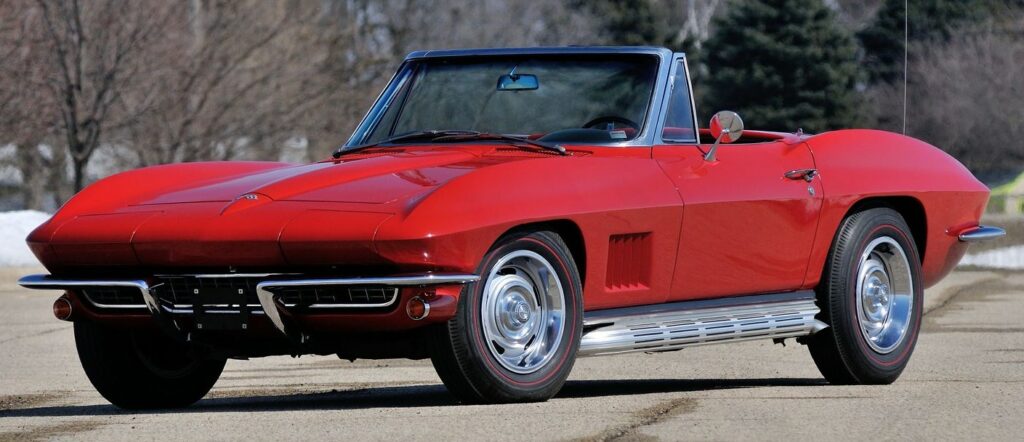
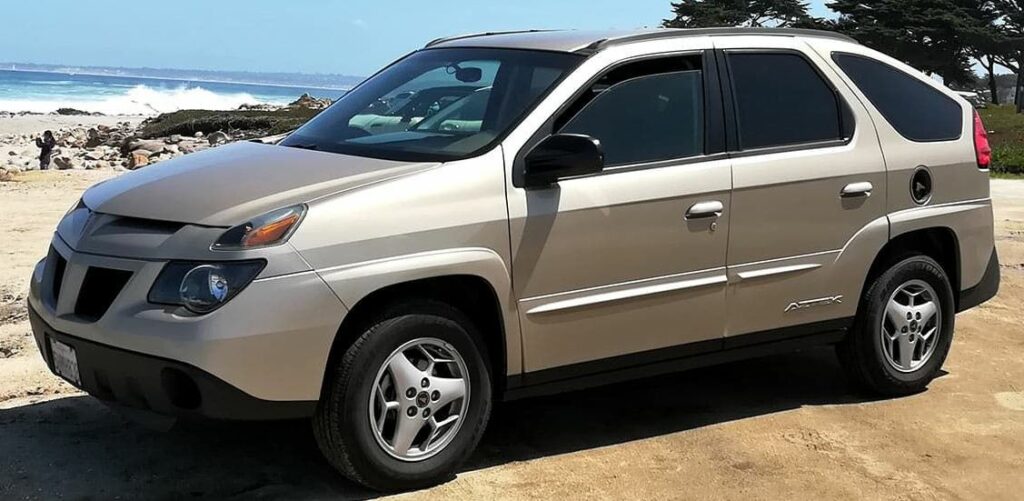
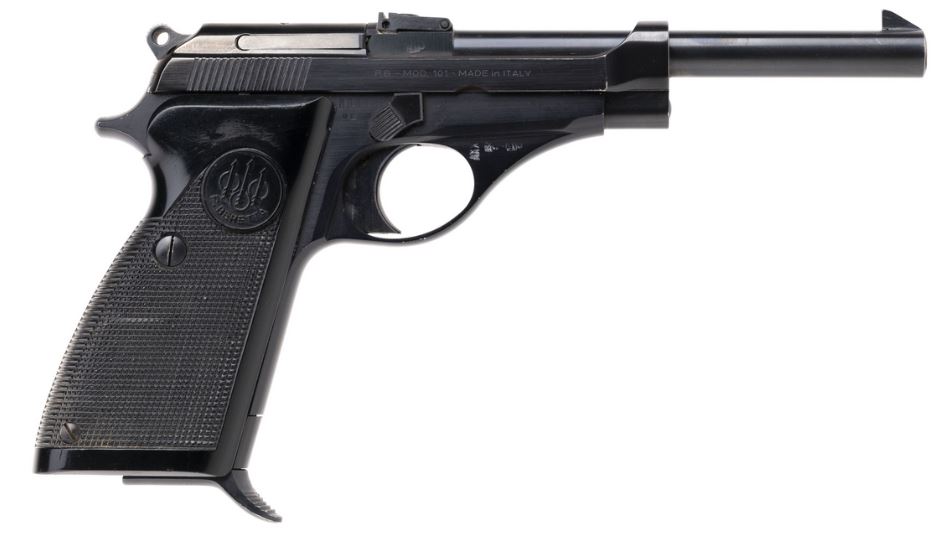
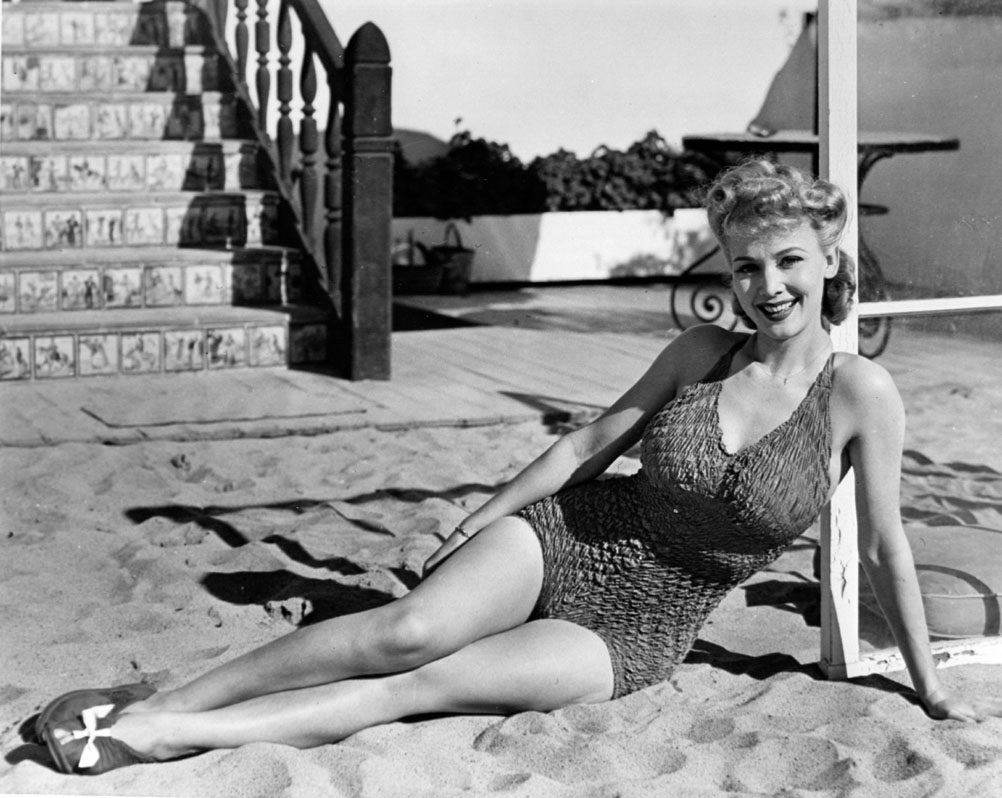



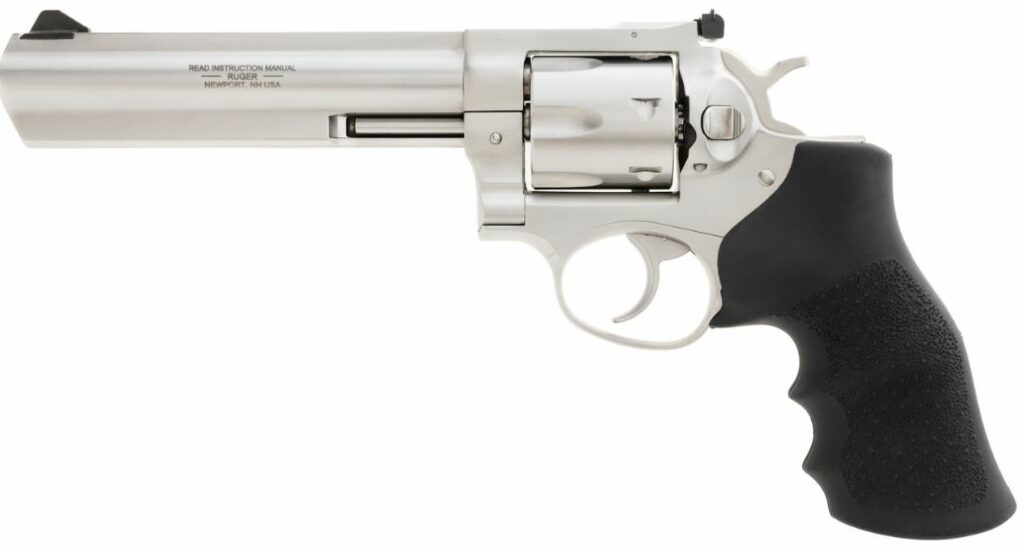
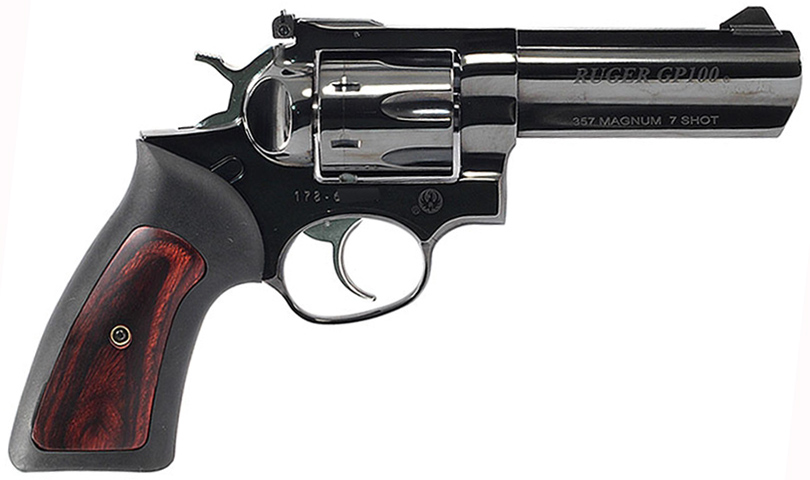






 Remington Speedmaster
Remington Speedmaster




